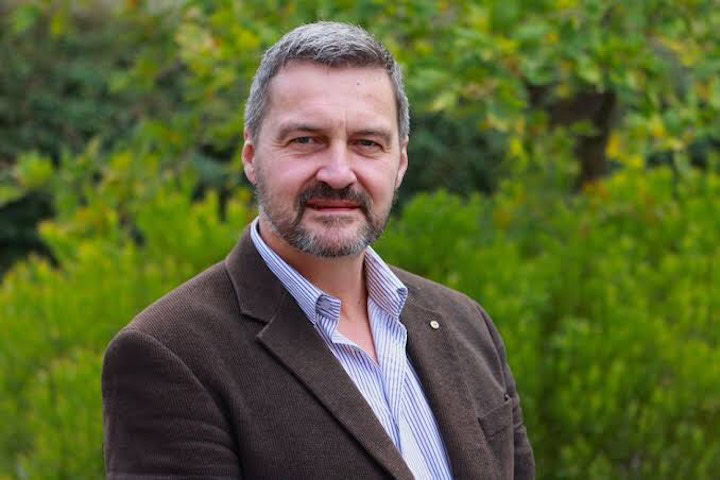
Contact Tracing During COVID-19

After the upheaval of daily life brought on by the COVID-19 pandemic, we want to return to some semblance of normality. Australia has been fortunate to not see the devastation that has impacted much of the world. As we ease restrictions and begin to emerge from lockdown, we need to have strategies in place to limit the risk of a second wave. The COVIDsafe app plays a key role in that strategy.
Contact tracing isn’t a new concept. It’s used every day in public health and has been central to our HIV response. When someone is diagnosed with an infectious disease, contact tracing is the process of identifying who else may need treatment. It helps limit the spread of disease and ensures timely access to care.
With a virus like HIV, where sex is the primary mode of transmission, contact tracers focus on sexual partners. However with coronavirus, this process becomes exponentially more difficult. COVID-19 spreads through close proximity. Before lockdown and physical distancing, most of us would struggle to accurately recall everyone we’d been in close proximity to in the last two weeks – let alone know how to get in touch with all of those people. This is where technology has the potential to fill in the gap.
Using Bluetooth technology on our smart phones, apps like the COVIDSafe app have the potential to do some of the heavy lifting when it comes to contact tracing. With the COVIDSafe app, the idea is that when the app is active, it records when you’re in close proximity to other devices with the app running. That way if someone using the app is diagnosed with COVID-19, the digital record will help to inform others that they have been in close contact with someone who had the virus. This allows those people to consider getting tested and make any necessary behavioural changes, such as not visiting elderly relatives, until they know the results of their test.

Like so many other health innovations, this raises a lot of questions for us. Is it safe? Does it work? People need to trust the app if we expect them to use it. The roll out of the COVIDSafe app raised a lot of concerns. Some were concerned it tracked your location. Others were concerned it might pose a security risk to the data on your phone. These concerns have largely been put to rest, and now over six million Australians have downloaded the app. But the big question remains. Will it be effective at contact tracing?
With lockdown restrictions easing and larger groups gathering, traditional contact tracing methods may soon face unprecedented challenges. At that stage, the potential utility of new tools for contact tracing may be fully realised.
So where do we go from here?
The reality is that we’re now faced with a highly infectious pathogen, and we have a digital solution to add to our arsenal. If proven effective, the benefits of this new way of contact tracing will outweigh those initial concerns about the technology.
After months locked away, people are keen to connect with each other again. For some in our community, this may mean engaging in casual sex. Having the app on and active when you hook up ensures you have a way to notify each other in the event one of you is diagnosed with COVID-19. The app doesn’t care if you are picking up groceries or picking up each other, just that you have been in each other’s presence long enough to risk spreading the virus.
As we all head back into the world, we should have the app on our phones and active. Contact tracing has been keeping our communities in good health for ages, this tech is just the latest update.

Opinion by Simon Ruth (CEO Thorne Habour Health)








